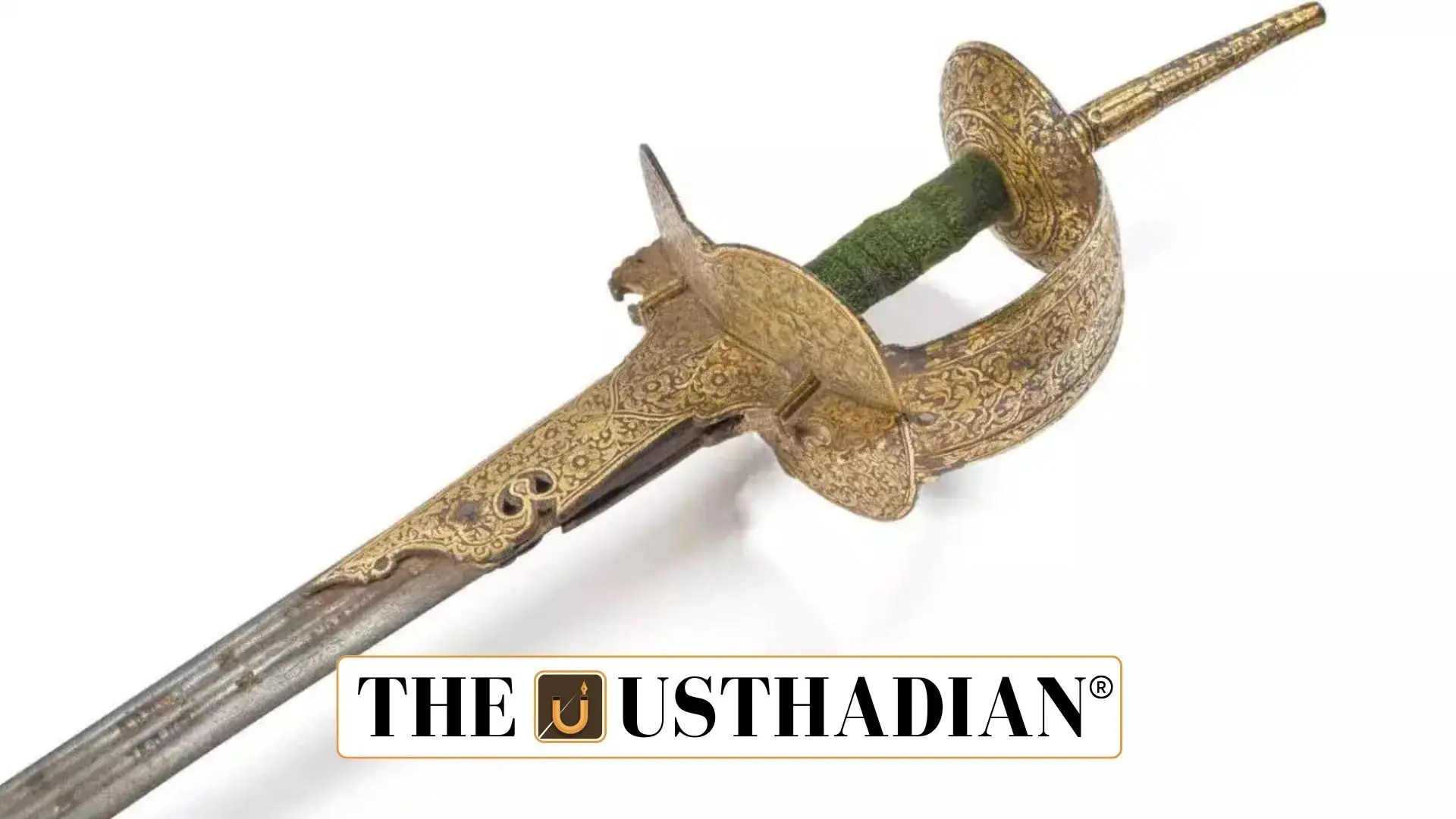A Historic Blade Returns to Its Homeland
The Return of Raghuji Bhosale’s Legendary Sword: A Triumph for Indian Heritage: On April 29, 2025, the Maharashtra government made history by reclaiming the legendary sword of Raghuji Bhosale I from a London auction. Purchased for ₹47.15 lakh, the sword is more than a weapon—it’s a symbol of Maratha valor and honor. Its return marks a celebrated moment in the preservation of India’s cultural heritage, resonating deeply with historians and citizens alike.
The Sword’s Design: Firangi Craftsmanship with Indian Spirit
The reclaimed sword is a firangi-style blade, crafted with a single-edged curve and two fullers running along its body. It features a Mulheri-style basket hilt, adorned with gold inlays, making it not just a tool of war, but also an object of regal artistry. A notable feature is the Devanagari inscription: “Shrimant Raghuji Bhosale Sena Saheb Subah Firang”, likely inscribed after he was honored by Chhatrapati Shahu Maharaj. The blade reflects a blend of European technique and Indian tradition.
The Warrior Behind the Sword: Raghuji Bhosale I
Raghuji Bhosale I was a powerful Maratha commander who gained prominence during the early 1700s.With the support of Chhatrapati Shahu Maharaj, he founded the Nagpur Bhonsle dynasty in 1730. He successfully expanded Maratha control across Berar, Gondwana, and Odisha, and helped reclaim Odisha after a treaty with Nawab Alivardi Khan in 1751. His devotion was not just military—he also revived the Jagannath Temple in Puri and built infrastructure to support pilgrimages. His influence stretched from Bihar to West Bengal, making him a central figure in Maratha eastward expansion.
How the Sword Left India
This iconic weapon likely left Indian soil following the 1817 Battle of Sitabuldi, where British forces under General Sir Alexander Campbell defeated the Nagpur Bhonsles. After the loss, the Bhonsle palace was ransacked, and valuable treasures, possibly including this sword, were either looted or taken as trophies. For over 200 years, it remained abroad—until this month, when Maharashtra reclaimed it as a priceless legacy item.
Static GK Snapshot for Exams
The Return of Raghuji Bhosale’s Legendary Sword: A Triumph for Indian Heritage:
| Topic | Key Details |
| Sword Returned | April 29, 2025 |
| Purchased By | Maharashtra Government |
| Purchase Amount | ₹47.15 lakh |
| Sword Type | Firangi-style with basket-hilt, gold inlays |
| Inscription | “Shrimant Raghuji Bhosale Sena Saheb Subah Firang” |
| Dynasty Founder | Raghuji Bhosale I, Nagpur Bhonsle dynasty |
| Year of Victory Over Nagpur Throne | 1730 |
| Maratha Expansion | Odisha, Gondwana, Berar, Bengal, Bihar |
| Lost in History | Possibly looted in 1817 after Battle of Sitabuldi |








